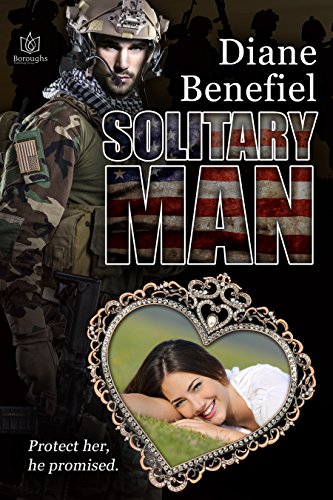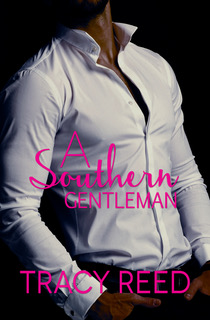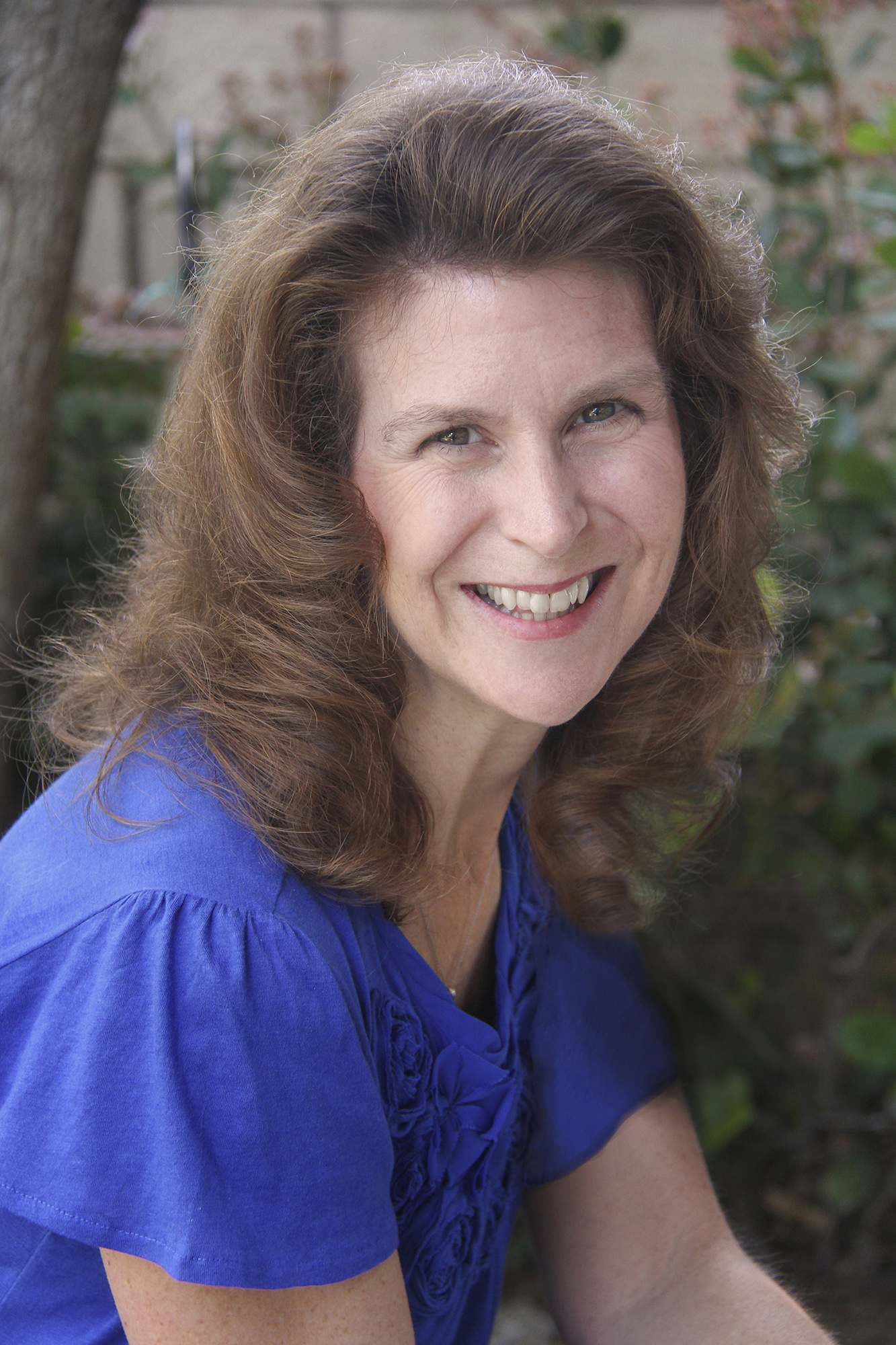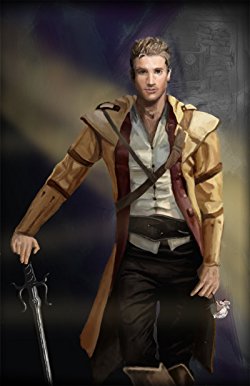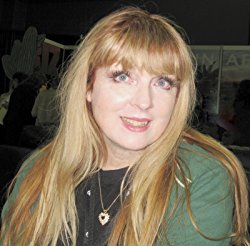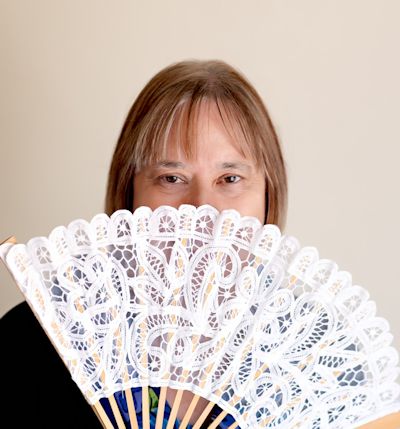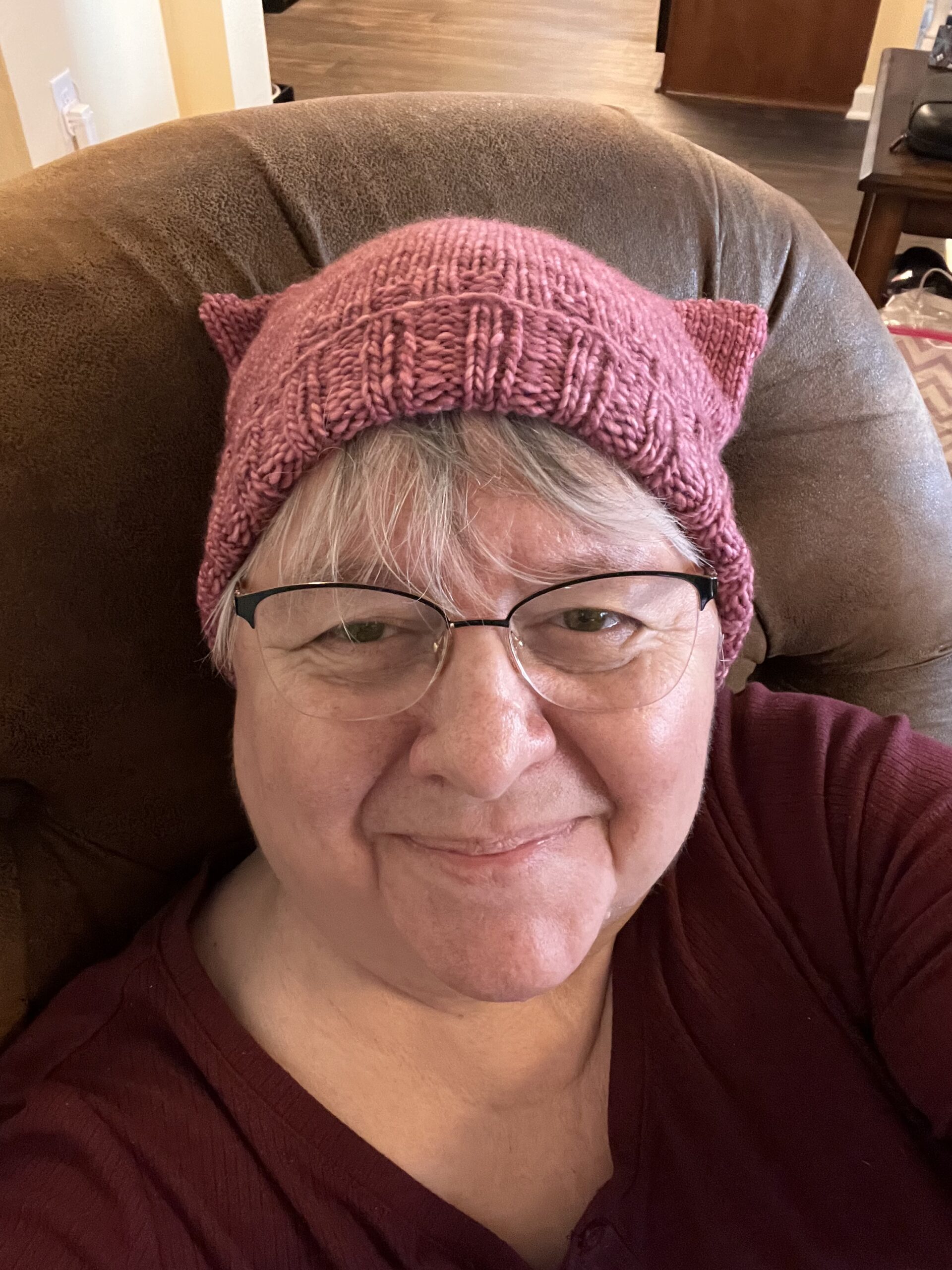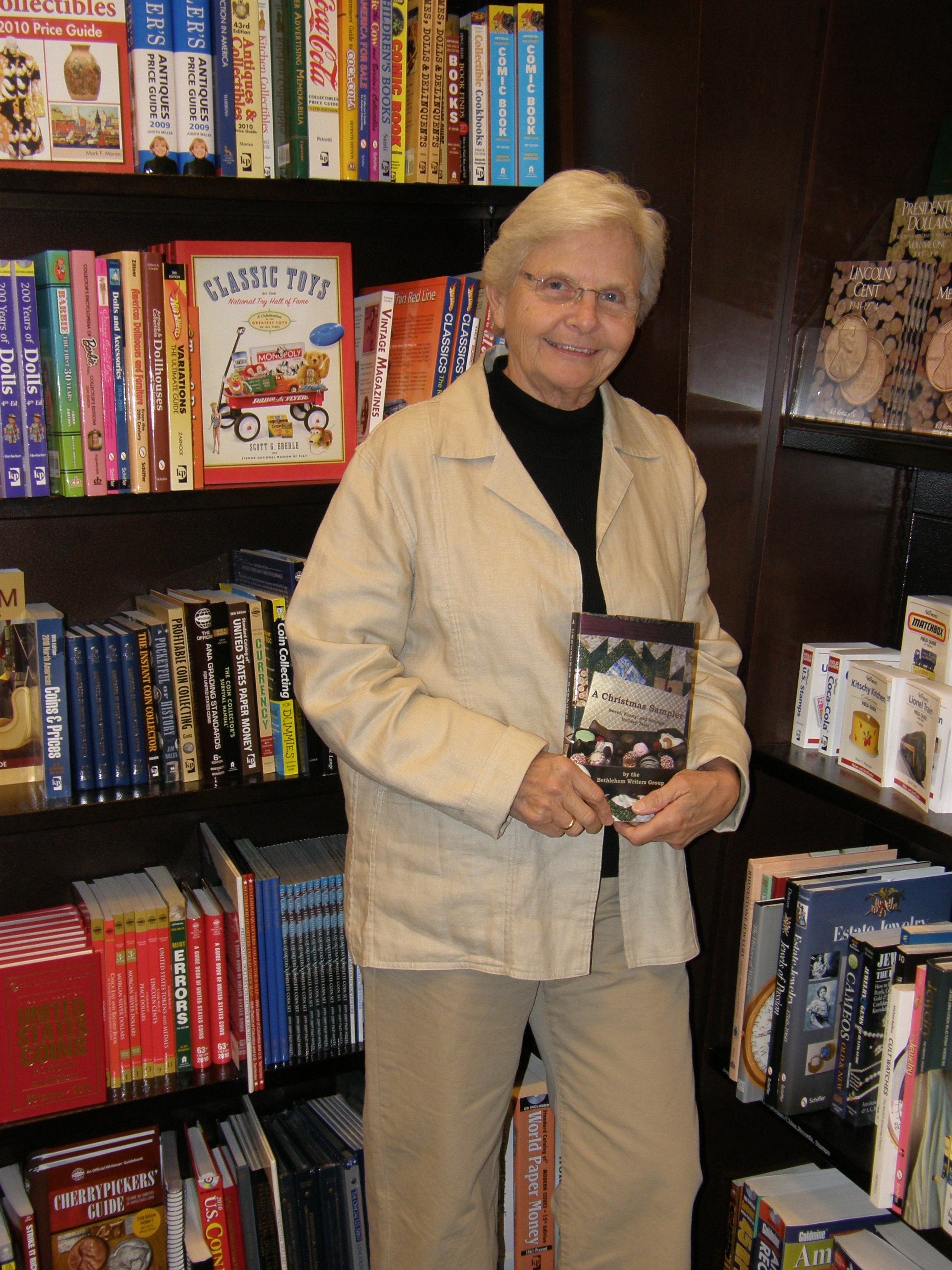RWA National Conference–A Fun Event!
July 6, 2011 by Linda O. Johnston in category Pets, Romance & Lots of Suspense by Linda O. Johnston, Writing Conferences tagged as Harlequin Nocturne, Linda O. Johnston, Pet Rescuer MysteriesI was one of the 2,000+ attendees at the Romance Writers of America National Conference last week. It was held at the Marriott Marquis Hotel in New York City, and the theme was Bright Lights, Big Stories. That was the saying that appeared on the tote bags we were handed upon registration–filled with the conference’s program, a thumb drive with handouts, a fill-it-in-yourself conference calendar, and lots of books!
I understand that this month’s program at OCC will be a recap of conference highlights. Unfortunately, I’m unlikely to be there, although I’m not sure how much actual information I’d be able to contribute anyway. I spent most of my time networking more than attending workshops or other events. But there’s a lot of value in that, and I’m delighted that I was there. I saw lots of writers I already know and met many more. I spoke with people who buy and promote books professionally and by word of mouth. I went to lunch with industry professionals who affect my career, and attended parties including the ones thrown by Berkley and Harlequin.
One very helpful event was Harlequin’s Digital Day. I obviously blog, and I also belong to Facebook, but I’ve been avoiding Twitter. I took lessons on how to sign up, though. I’ll probably give in and join it one of these days.
Then there was the librarians’ and booksellers’ event, where I networked with some of those pros and distributed handouts for both kinds of my books–my Alpha Force miniseries about covert military shapeshifters, for Harlequin Nocturne, as well as my Pet Rescue Mysteries for Berkley Prime Crime. The Literacy Signing was huge, and I also sold both genres of my books to benefit literacy.
There is a lot going on in our industry, as you undoubtedly know. Smaller publishers and e-publishing are on the rise. Traditional publishers recognize that and seem to be adapting, or at least trying to.
 What will the publishing industry be like in one year? Five? No one really knows, although a lot of opinions are being expressed.
What will the publishing industry be like in one year? Five? No one really knows, although a lot of opinions are being expressed.
Meantime, I’ll keep on writing and try to make sure my career continues to adapt, too! Attending conferences like this one should give me some insights about how to keep it fresh.
As you probably know, the RWA National Conference will be in Anaheim next year–much easier for those of us who live in Southern California to get to. I’ll be there. Will you?
Linda’s Alpha Force miniseries from Harlequin Nocturne continues with GUARDIAN WOLF, an August 2011 release. The Pet Rescue Mysteries spinoff from her Kendra Ballantyne Pet-Sitter mystery series will continue in October 2011 with THE MORE THE TERRIER. And of course, BEAGLEMANIA is still available. Visit Linda at Linda O Johnston
Drink Local – Thoughts on trends by Isabel Swift
June 24, 2011 by Isabel Swift in category From Isabel Swift tagged as Local, TrendsFinally, I can be trendy!
When I’m at a restaurant and the waiter arrives and asks…”Would you prefer sparkling or still mineral water?” I no longer have to be branded as a plebian, one of the unwashed, uncultured and/or possibly just cheap types, as I have in the past (responding with the low-brow…”Actually, tap water is fine, thank you.”)
Now I can say, “Thank you, but I prefer local water.”
I can even give them the hairy eyeball for suggesting any right thinking human would insist on importing their water, complete with non-bio-degradable plastic or costly glass not to mention the diesel/gas costs for lugging the tonnage from whatever pure-sounding, exotic, or just plain expensively packaged product to my table.
I mean really! When fresh, local water is available (free of charge, I might add) bubbling from a tap RIGHT THERE in the restaurant. Their own private and locally grown pipe-fed spring. It doesn’t get much more local than that!
And filled with locally grown minerals and other nutrients, each local water has its own individual and unique bouquet. That’s what local is all about, isn’t it?
(Add in as much of the rest of the pro-local verbiage as you choose).
Take my word for it, you are definitely on the moral high ground here.
Drink up!
2 0 Read moreOh Heck! E-rotica or E-romance?
June 15, 2011 by Rebecca Forster in category The Write Life by Rebecca Forster tagged as Digital only publishing, editor, erotic romance, erotica, Rebecca Forsterby Rebecca Forster
Oh, that word erotica. Written, it looks naked and naughty; spoken it sounds enticing and exciting. Close your eyes and – well, only you know what images it conjures up. Which brings us to the topic of the day: When it comes to sexy books, where do both reader and writer draw the line between erotica and steamy romances?
The Editor/Publisher: Normally, this is not a topic I would have visited but a few things have caught my eye in the last few years. First, erotica started being pulled into the mainstream of my local bookstore. Second, category romance became more inventive and definitely steamier. Finally, the advent of E-books and independent publishing allows more sexually explicit material do be read in utter privacy. Think of your Kindle or Nook as the new brown paper wrapper and there’s lots to put inside. Nookbooks (Barnes & Noble) offers 7,718 books defined as erotica; Kindle (Amazon), 24,901 (as of this writing). One online publisher reports that 12% of his offerings are listed as erotica but, in all instances, romance inventory is far greater.
That still left me curious as to the blurring of the line between erotica and steamy romance. Audrey LeFehr who edits books for Kensington’s Aphrodisia imprint as well as other genres was very clear about what she looks for. There are no ‘romance rules’ in erotica (one woman, one man, commitment no matter how steamy the sex). Rather erotica explores the boundaries of a woman’s sexual satisfaction without being depressing, degrading or seriously frightening. This could include same sex or multiple lovers.
The Erotic Author:
The reason an author decides to write erotica are basic: a burning story line, creative expression, pushing the boundaries of their art.- not to mention that the adult entertainment market is huge and there is money to be made.
Locklyn Swallow, author of numerous shorts including her most recent Love By Disguise, admits money was her initial motivation and her objectives have been met. While not making her a millionaire, the return on her short stories, published for digital download and reasonably priced, has been greater than expected.

 I.M.Beckett, a pseudonym for a traditionally published author, saw erotica as a challenge after reading a classic erotic novel. According to Beckett, there was an extraordinary beauty that came from linking life and death to sexual encounters with an emphasis on writing style, not just sexual description. The Traveler: An Erotic Journey (part I) is a nod to noir erotica.
I.M.Beckett, a pseudonym for a traditionally published author, saw erotica as a challenge after reading a classic erotic novel. According to Beckett, there was an extraordinary beauty that came from linking life and death to sexual encounters with an emphasis on writing style, not just sexual description. The Traveler: An Erotic Journey (part I) is a nod to noir erotica.
Victoria Hawke, a newcomer to the erotic scene with her Wet, Wild &Wacky, 3 sexy shorts that have a wonderful, tongue in cheek energy, liked that erotica offered a greater range for readers. With erotica, there are not tonal rules that need to be adhered to as in traditional genre writing.
All three met their original objectives but then went on to say that, as authors, the genre allowed them to grow in ways they never expected. Erotic readers, they believe, don’t just want to be sexual voyeurs. These readers also want to be invested in character and plot. Short or long, erotica must deliver on all traditional literary levels and then one more – the sexual narrative.
The Reader:Recently, I saw a reader on an Amazon Kindle thread apologize for being an avid romance reader. That doesn’t happen very often any more. The days of being embarrassed about enjoying a romantic reading experience are just about over. Not so for erotica.
There were some erotica threads on the boards but no one answered my query about why erotica was a genre of choice. Surprising? No. Erotica is, perhaps, the most personal of all reading choices. As with all genres, there is a range within erotica that will blur the lines. What one person calls erotica, another will deem a hot romance and yet someone else will swear it crosses the line to pornography. Then again, isn’t it the same for mainstream genres? What some call literature, others dismiss as commercial fiction.
Bottom line, E-books have brought both erotic readers and authors out of the shadows. I for one will be curious to see what the future brings for this genre. Will it bend toward true E-rotica or will it somehow be embraced and engulfed by E-romance? One thing is for certain, as ownership of e-readers grows erotica options will find ever broader distribution. It will be up readers to determine how successful this genre – like all genres – will be.
1 0 Read moreBetween the Lines with Louisa Bacio
June 6, 2011 by A Slice of Orange in category Interviews tagged as Author Interviews, Brenda Parrish, Louisa Bacio
The following article was first printed in the June 2011 Orange Blossom, the newsletter for Orange County Romance Writers. Permission granted to reprint or forward with proper credit to author and newsletter.
In addition to writing, working as an editor for magazines and publishers, Louisa Bacio teaches college classes in writing and popular culture. Bacio lives in Southern California with her adoring husband, two wonderful and challenging daughters and a houseful of pets.
Q: You are a “digital first” author and are helping to usher in a new era in books. It’s an exciting time. Can you elaborate on your own experiences with reading ebooks? When did you start, what device(s) do you use? What do you see are the advantages to ebooks over traditional books? Etc.
A: I come from a traditional print background, working for newspapers and magazines. My degree is in journalism, and I continue to value holding a magazine and looking at the latest styles on the beach. All that said, ereaders and books are extremely convenient and portable. I’ve read ebooks via .pdfs on the computer, and also own a Kindle and an iPad. When I travel, it’s fantastic to bring one reader, and when you finish a book, you can simply purchase and download another. No more lugging around five books for a weeklong trip. For the most part, the ebooks also are less expensive. There have been a few occasions, though, where authors such as Stephen King come out with a new book available in hardback, and then it’s not released as an ebook for a few months later (ugh!). And, the most recent one, I could purchase for $9.99 as an ebook, or something like $10.01 as a hardback delivered via Amazon on the day of release. I chose the hardback. Also, I have the Kindle app on my iPhone. If I’m out at a doctor’s appointment and have a long wait – then I can bring up my book and it’ll sync to the latest place I was reading at home.
Are there negatives? For some reason, paragraph or scene breaks can be off in an ebook format, so I sometimes need to shift more mentally. Also, I don’t trust myself reading the ebook in a precarious position, such as in the bathtub or the spa. Finally, those pesky airlines make you turn off your electronic devices on take-off and landing, so I usually bring a magazine or paperback then.
Q: Is the publication process much different in e-publishing than it is with traditional publishing? Is there an advantage to the author/reader in epub over traditional pub?
A: From what I know, the books come out much quicker via electronic publishing. I know people with book contracts, and the release is scheduled for a year to 18 months out. Hello! I know that when I turn in a book, depending upon the editing process, it’ll be out in a month to six weeks. A negative to that, though, is that you don’t get all that lead time, and submit the cover and galley for reviews to coincide with the release. I looked once and RT Magazine wanted books something like six months before release – probably won’t happen with my electronic publisher.
Q: You have a fascinating set-up for your new book. You associate three types of characters in an intimate relationship that are usually at odds with one another. How did you generate that idea and what were your challenges in trying to make it work?
A: My publisher requested an erotic paranormal, and I immediately thought: “What’s the ultimate fantasy” Well, you get both – the vampire and the werewolf. You don’t have to decide and choose between one or the other. Now that might not be everyone’s fantasy but it played into my ‘writing’ fantasy quite well. Further, my agent asked how I would make the vampire and werewolf stand each other – and why not?
Challenge set, and the imagination took over.
Q: What tools do you use when plotting out your novel? Can you give us an outline of your process?
A: For those who are plotter, you’re going to be disappointed. I’m a pantster. I’ve got a good idea of where I want the story to go, and a number of the scenes that will be included, but I don’t outline or plot the book. And, I don’t write in consecutive order. Instead, the writing flows depending upon mood. Feeling bad one day? All right, then I’ll tackle the more emotional, gritty scenes. Feeling all lovey-dovey? Then it’s time to hit the romantic scenes. Rather than constraining myself with an A to B to C structure line, I write what feels natural.
Sound good? Afterward, I print the entire novel and use a three-ring binder to move chapters around, fill in spaces, etc. The front and back of the manuscript get written on. Amazing how it all comes together at the end.
Q: How about promotion? How does an epublisher do promotion differently from a traditional publisher?
A: Differences don’t separate between an epublisher and a traditional publisher, but also between publishing houses themselves. Ravenous Romance sends books out to reviewers and also arranges some ads. I’m not privy to knowing all of their marketing plans, but I have come across some ads for The Vampire, The Witch & The Werewolf: A New Orleans Threesome in All-Romance Ebooks, and I didn’t purchase them!
I am also an editor for the new boutique cross-platform publisher Entangled Publishing. They have a dedicated marketing staff and recently hired a professional in branding to work with the authors and editors in establishing their niches in the marketplace. Since I’m more behind-the-scenes with the business end, I can see the steps being taken.
Finally, the support network among authors within the industry is tremendous. My agent Saritza Hernandez, with the L. Perkins Agency, set up a loop with her authors, and we cross-promote, and the same thing happens with Ravenous authors and those that I’ve met on sites such as Savvy Authors, and of course locally such as our OCC/RWA chapter.
Q: What advice would you like to give to an aspiring author?
A: Keep pushing yourself, and don’t give up. Now that I’ve published two books, and have contracts for three more, my husband likes to remind me of those nights where I cried because I would ‘never finish a book, and never be published.’
Also, enjoy those baby steps of progress – celebrate each moment of validation. And finally, rely upon those wacky, author-friends of yours, who do understand what it feels like, and what you’re going through. We can relate like no other.
Q: What’s up next for you? What are you working on?
A: My next book is within the Sex University ‘universe,’ which means it’s a loose sequel to my first novel. One of the main characters is Officer Margaret ‘Marge’ Neil, who was briefly introduced in the first book. As I wrote about Maggie – she’s transforming – in Physical Education, I knew that there was much more to her character. It should be out mid-summer. And then in the fall, I’ll be releasing book 2 in The Vampire, The Witch & The Werewolf series, and readers will fall in love with Trevor’s sister, Silver, who’ll be coming into her own as a female werewolf. There are not enough kick-ass female werewolves in the world!
Along with The Vampire, The Witch and the Werewolf, Louisa’s debut novel Physical Education is available through Ravenous Romance, and Amazon. Check out the latest happenings via her blog http://louisabacio.blogspot.com
2 0 Read moreWriting Fight/Action Scenes
May 30, 2011 by A Slice of Orange in category Lyon's Lair tagged as Jennifer Lyon, Night Magic, Sinful Magic, Wing Slayers, WitchesAffiliate Links
A Slice of Orange is an affiliate with some of the booksellers listed on this website, including Barnes & Nobel, Books A Million, iBooks, Kobo, and Smashwords. This means A Slice of Orange may earn a small advertising fee from sales made through the links used on this website. There are reminders of these affiliate links on the pages for individual books.
Search A Slice of Orange
Find a Column
Archives
Featured Books
SOLITARY MAN
On a battlefield in Afghanistan, Sgt. Ryder Bronson makes an oath to protect his dying friend’s wife from a rogue cop—and from the passion that will threaten to overwhelm them both.
More info →A SOUTHERN GENTLEMAN
"A woman walks into a crowded Manhattan bar and meets a nice southern gentleman." That sounds like the beginning of a bad joke or the beginning of an intriguing love story.
More info →DARK WINE AT MIDNIGHT
To save humanity, a reluctant spy must convince a handsome vampire to trust her, despite the dark secrets each carries, and the mutual attraction they can’t resist.
More info →ANOMALY OF BLAZE
A new monster has taken up residence in her mind...
More info →Newsletter
Contributing Authors
Search A Slice of Orange
Find a Column
Archives
Authors in the Bookstore
- A. E. Decker
- A. J. Scudiere
- A.J. Sidransky
- A.M. Roark
- Abby Collette
- Alanna Lucus
- Albert Marrin
- Alice Duncan
- Alina K. Field
- Alison Green Myers
- Andi Lawrencovna
- Andrew C Raiford
- Angela Pryce
- Aviva Vaughn
- Barbara Ankrum
- Bethlehem Writers Group, LLC
- Carol L. Wright
- Celeste Barclay
- Christina Alexandra
- Christopher D. Ochs
- Claire Davon
- Claire Naden
- Courtnee Turner Hoyle
- Courtney Annicchiarico
- D. Lieber
- Daniel V. Meier Jr.
- Debra Dixon
- Debra H. Goldstein
- Debra Holland
- Dee Ann Palmer
- Denise M. Colby
- Diane Benefiel
- Diane Sismour
- Dianna Sinovic
- DT Krippene
- E.B. Dawson
- Emilie Dallaire
- Emily Brightwell
- Emily PW Murphy
- Fae Rowen
- Faith L. Justice
- Frances Amati
- Geralyn Corcillo
- Glynnis Campbell
- Greg Jolley
- H. O. Charles
- Jaclyn Roché
- Jacqueline Diamond
- Janet Lynn and Will Zeilinger
- Jaya Mehta
- Jeannine Atkins
- Jeff Baird
- Jenna Barwin
- Jenne Kern
- Jennifer D. Bokal
- Jennifer Lyon
- Jerome W. McFadden
- Jill Piscitello
- Jina Bacarr
- Jo A. Hiestand
- Jodi Bogert
- Jolina Petersheim
- Jonathan Maberry
- Joy Allyson
- Judy Duarte
- Justin Murphy
- Justine Davis
- Kat Martin
- Kidd Wadsworth
- Kitty Bucholtz
- Kristy Tate
- Larry Deibert
- Larry Hamilton
- Laura Drake
- Laurie Stevens
- Leslie Knowles
- Li-Ying Lundquist
- Linda Carroll-Bradd
- Linda Lappin
- Linda McLaughlin
- Linda O. Johnston
- Lisa Preston
- Lolo Paige
- Loran Holt
- Lynette M. Burrows
- Lyssa Kay Adams
- Madeline Ash
- Margarita Engle
- Marguerite Quantaine
- Marianne H. Donley
- Mary Castillo
- Maureen Klovers
- Megan Haskell
- Melanie Waterbury
- Melisa Rivero
- Melissa Chambers
- Melodie Winawer
- Meriam Wilhelm
- Mikel J. Wilson
- Mindy Neff
- Monica McCabe
- Nancy Brashear
- Neetu Malik
- Nikki Prince
- Once Upon Anthologies
- Paula Gail Benson
- Penny Reid
- Peter J Barbour
- Priscilla Oliveras
- R. H. Kohno
- Rachel Hailey
- Ralph Hieb
- Ramcy Diek
- Ransom Stephens
- Rebecca Forster
- Renae Wrich
- Roxy Matthews
- Ryder Hunte Clancy
- Sally Paradysz
- Sheila Colón-Bagley
- Simone de Muñoz
- Sophie Barnes
- Susan Kaye Quinn
- Susan Lynn Meyer
- Susan Squires
- T. D. Fox
- Tara C. Allred
- Tara Lain
- Tari Lynn Jewett
- Terri Osburn
- Tracy Reed
- Vera Jane Cook
- Vicki Crum
- Writing Something Romantic
Affiliate Links
A Slice of Orange is an affiliate with some of the booksellers listed on this website, including Barnes & Nobel, Books A Million, iBooks, Kobo, and Smashwords. This means A Slice of Orange may earn a small advertising fee from sales made through the links used on this website. There are reminders of these affiliate links on the pages for individual books.










